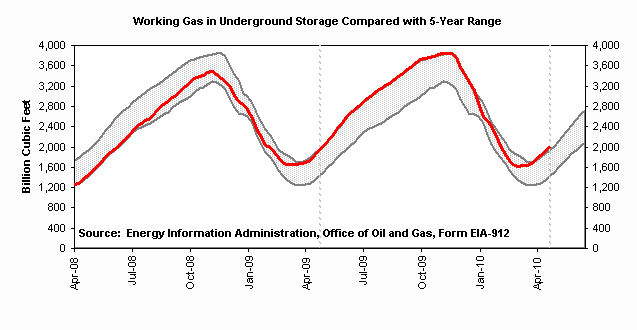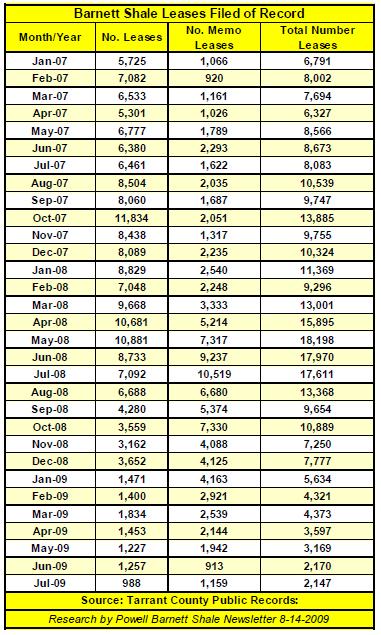Prior to the Texas Legislature’s passage of House Bill 2259, an operator could leave an inactive well unplugged indefinitely, as long as the oil and gas lease on which the well is located remains in effect, by simply filing an annual form. House Bill 2259, effective September 1, 2009, imposes additional requirements on operators desiring to delay plugging of the well.
An operator may not operate wells in Texas unless its annual Organization Report, form P-5, has been filed and accepted by the RRC. When filing the P-5, the operator must provide a form of financial assurance that it has the ability to properly plug all wells for which it is the designated operator.
The additional requirements imposed by H.B. 2259 require an operator to file certain forms each time the operator files its annual Organization Report, Form P-5, with the Texas Railroad Commission (RRC). The new forms related to inactive wells operated by the operator. An “inactive well” is a well that has had no activity for 12 consecutive months.
H.B. 2259 amends Chapters 98 and 91 of Texas Natural Resources Code. The new law provides that, if an operator has any inactive wells at the time its Organization Report is due, it must file an “Application for Extension” requesting that it not be required to plug those inactive wells. In order to be granted the extension, the operator must do each of the following four things:






